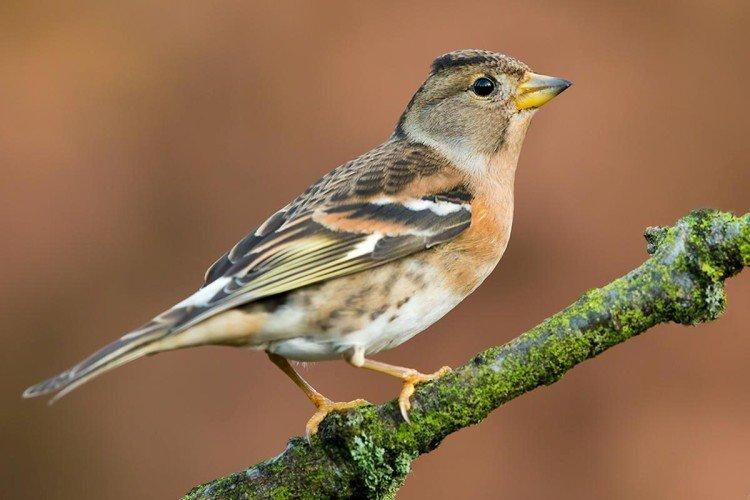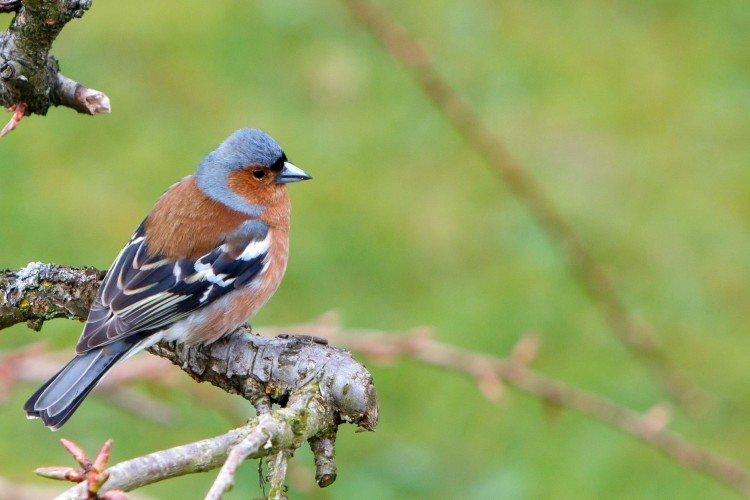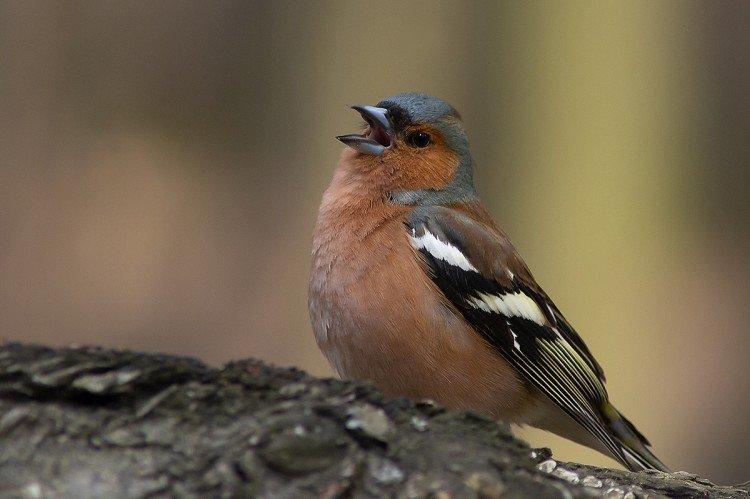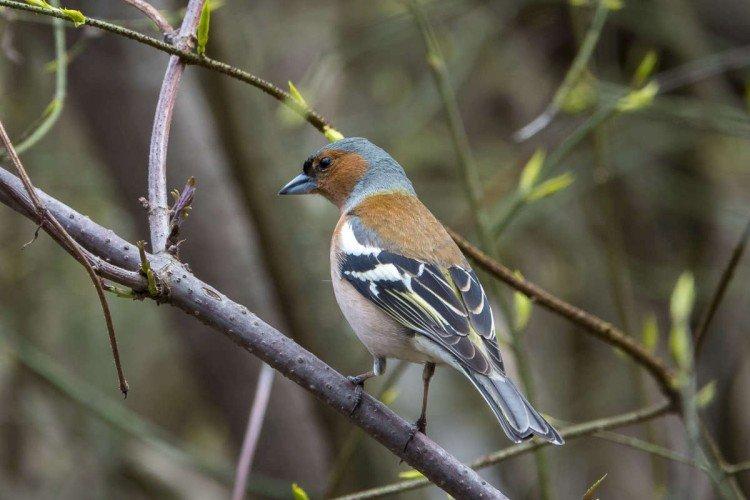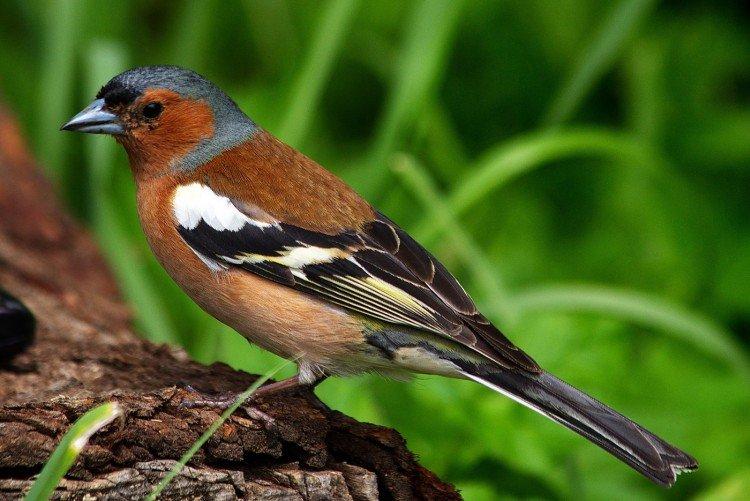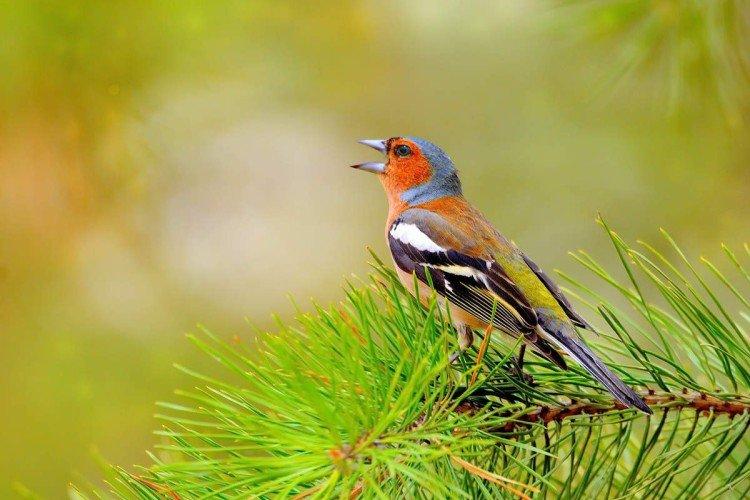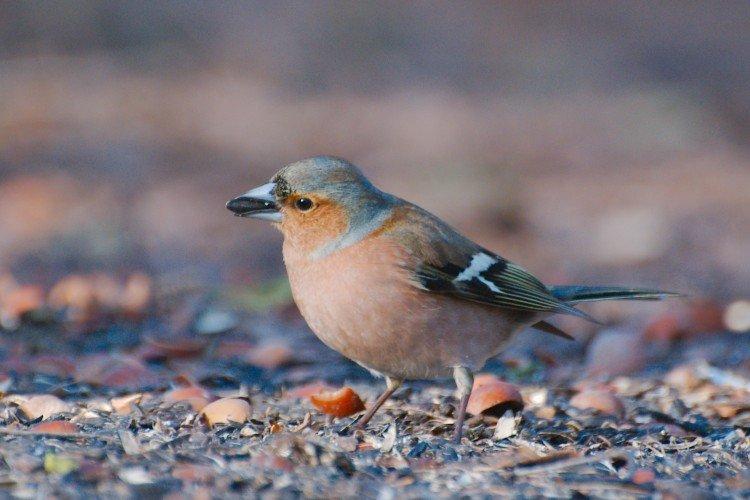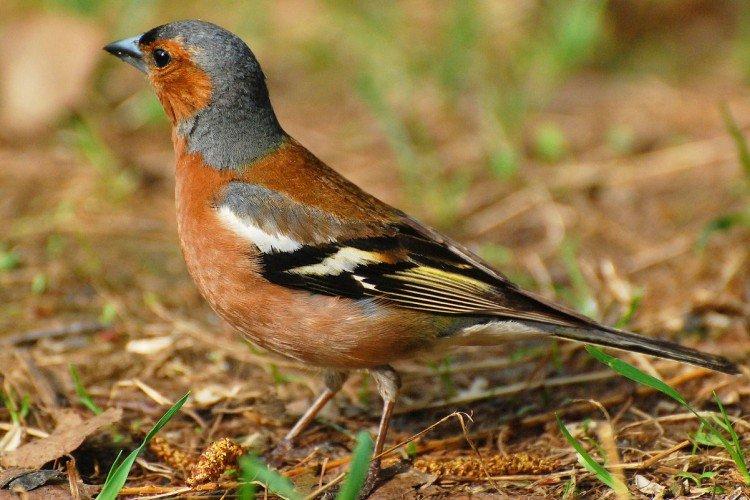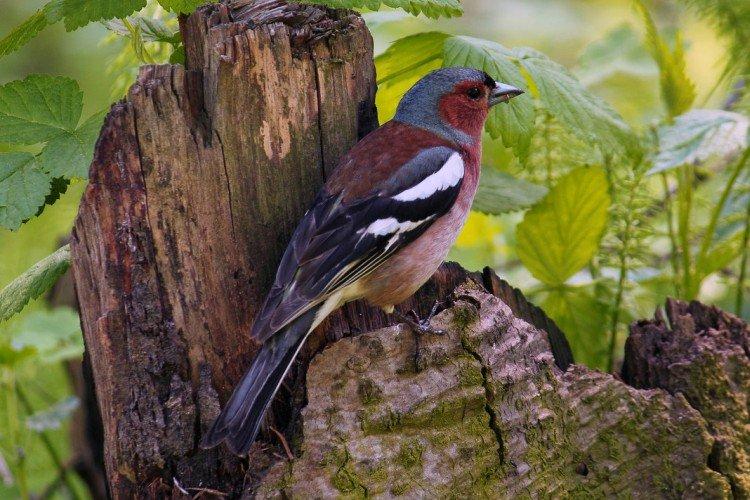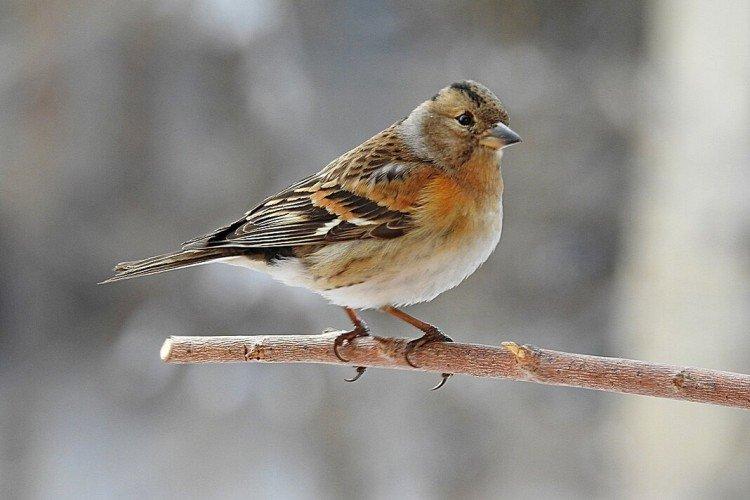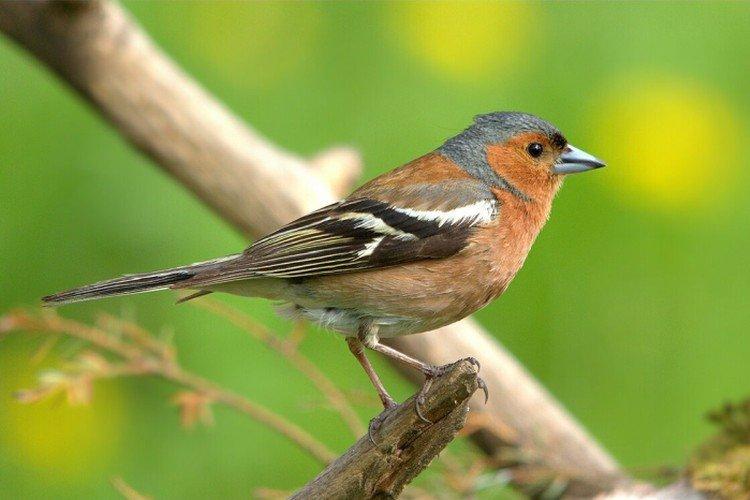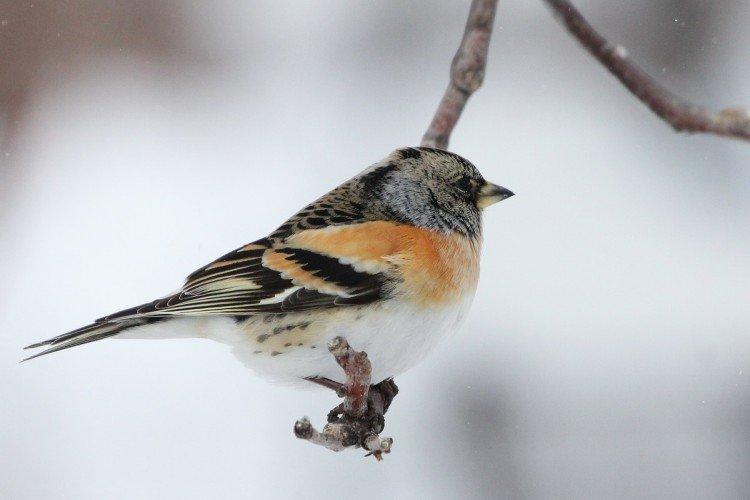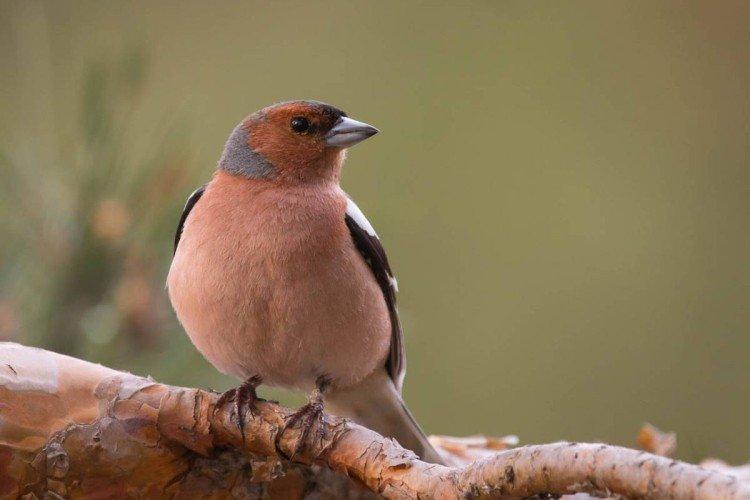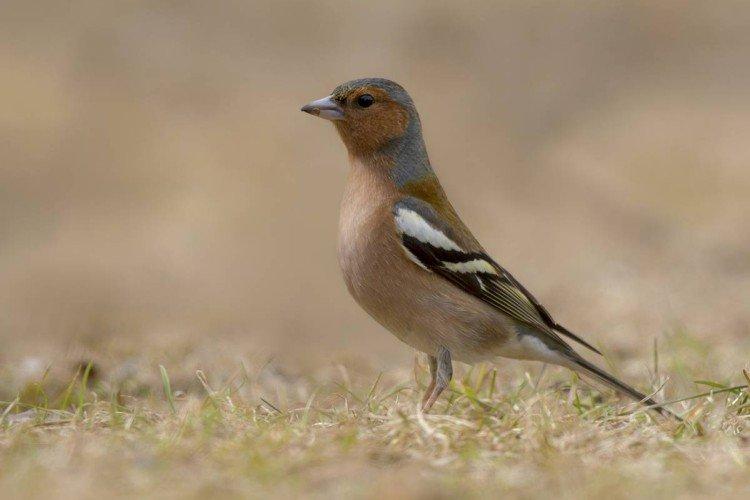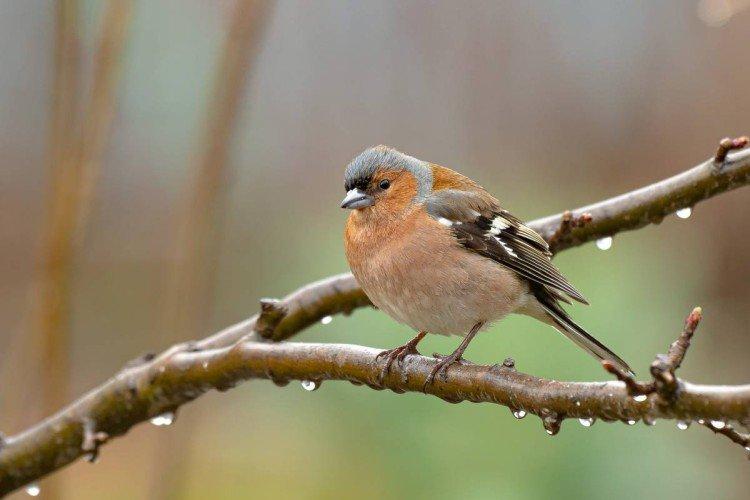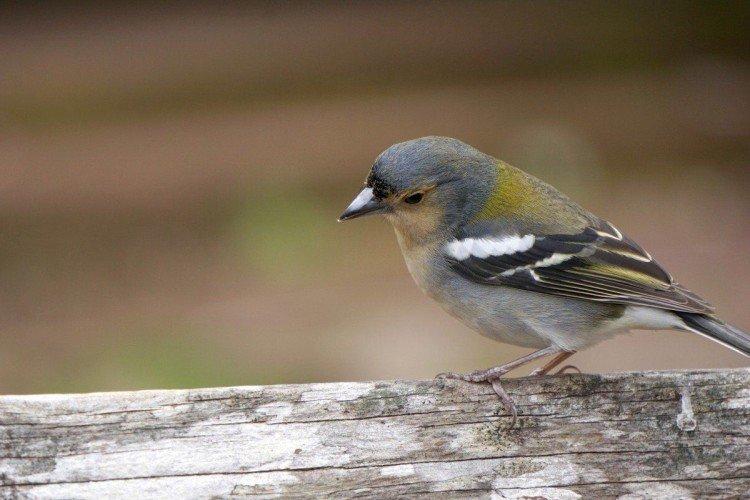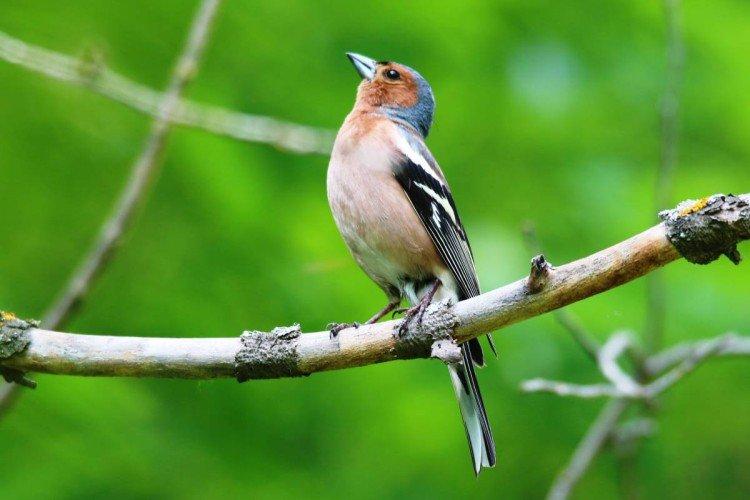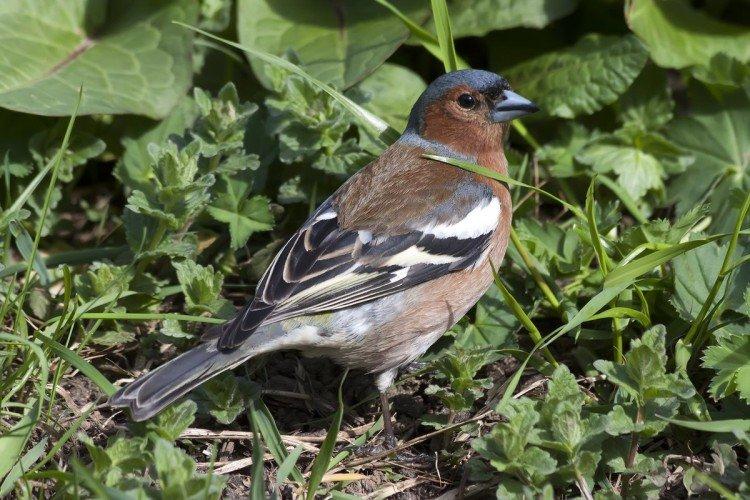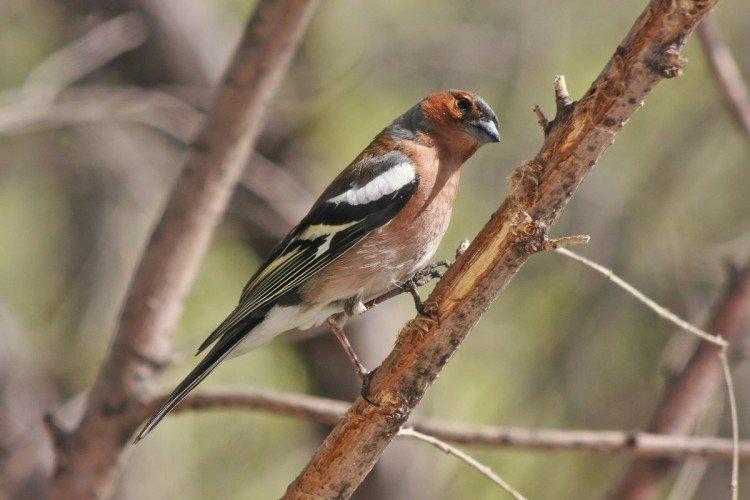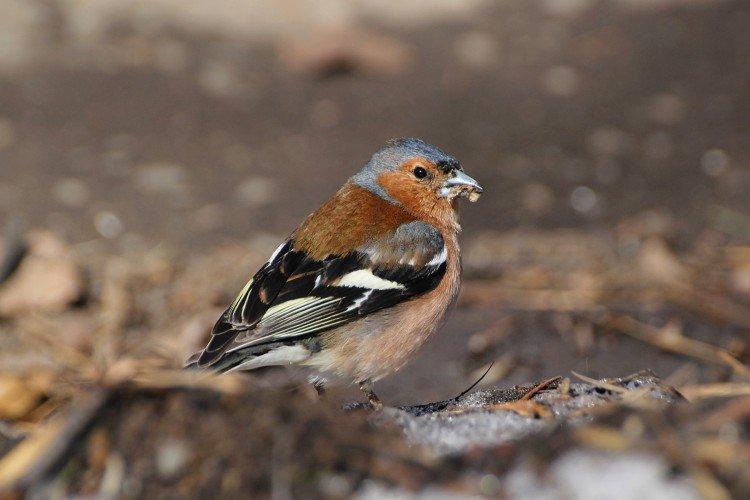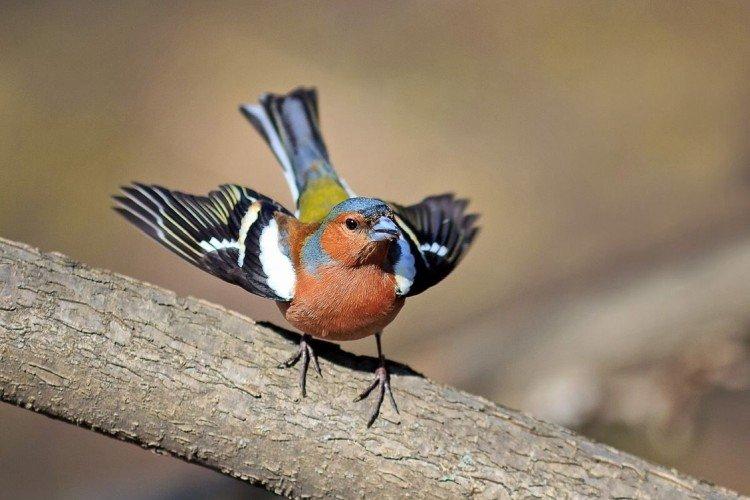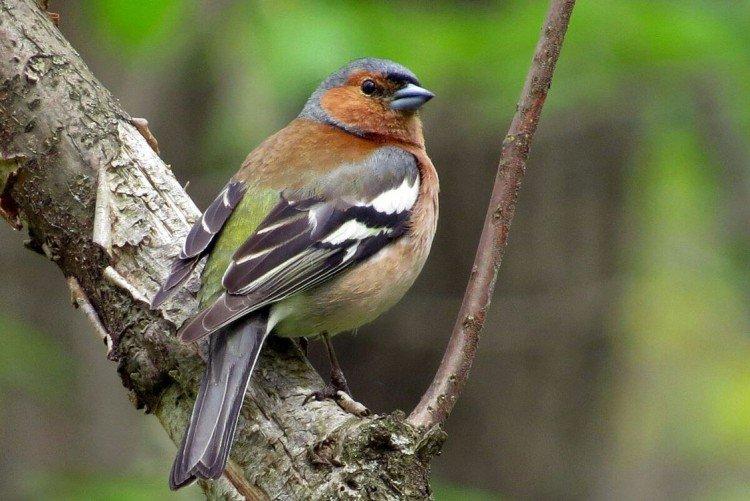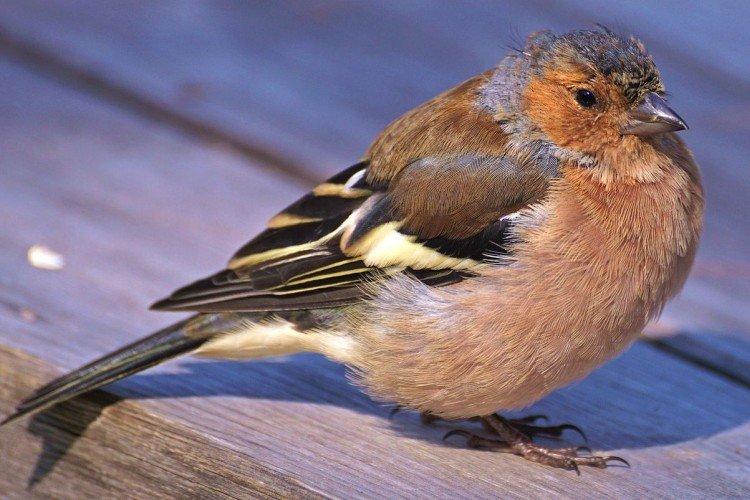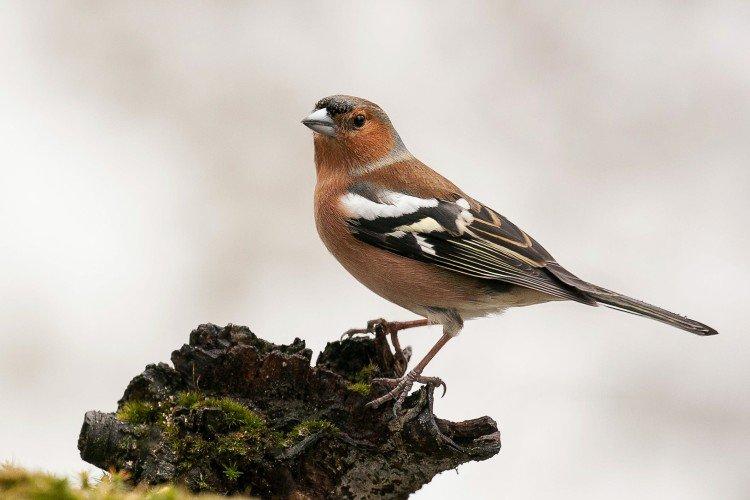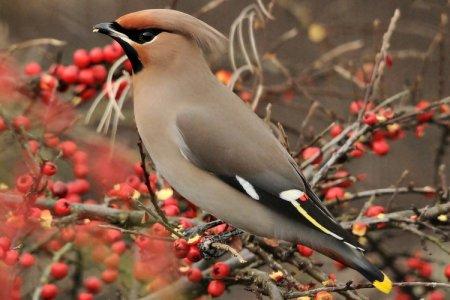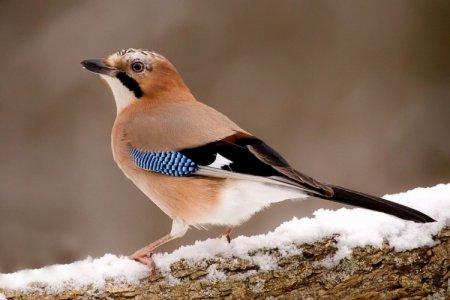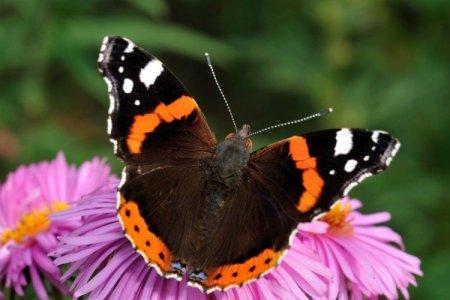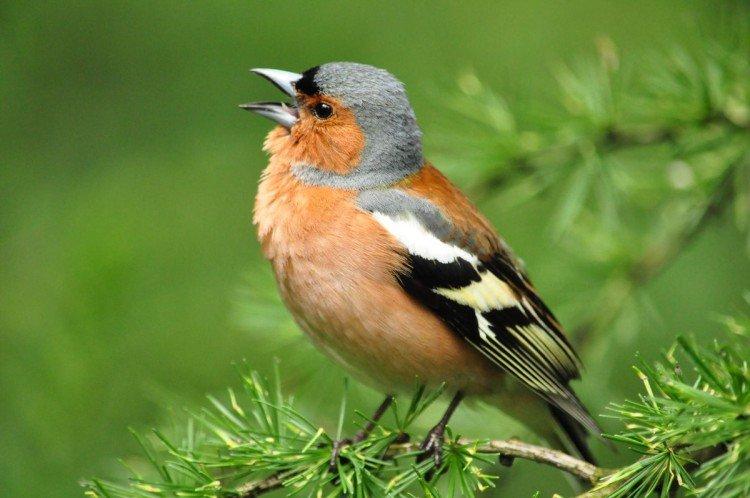
A charming songbird that looks like a multi-colored sparrow is a finch. They are very common throughout Europe, Asia and even in some regions of Africa, so you have probably come across them. Perhaps you know the finch by other names - snigirik, cast iron, yurok or siverukh.
general description
Finches belong to passerines, so they naturally retain their main features. They got their name because of congenital cold intolerance.
Appearance
Finches are small, only up to 40 g with a wingspan of up to 28 cm. Bright plumage is colored in all shades of white, brown, blue, green and gray. By autumn, it fades and fades for the winter. Finches have graceful thin legs, strong wings and an equally strong beak.
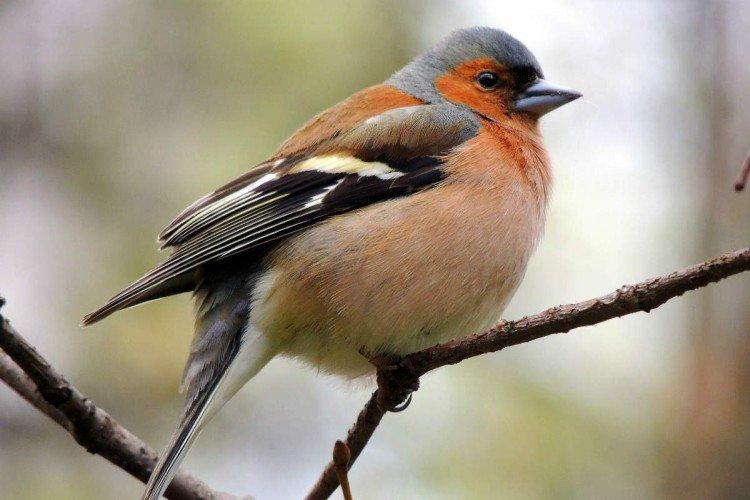
Male and female finch: differences
Traditionally for birds, female finches are not as bright as males. They are brownish-gray, with sparse white wedges, light belly and dark back. The beak of females is brownish-yellow.
The plumage of males is distinctly green and blue. They have dark wings with a white stripe, a brown back and a beige belly. By the beginning of the mating season, the male's beak becomes bluish, with a dark tip. But in winter, it acquires a pinkish-brown hue.
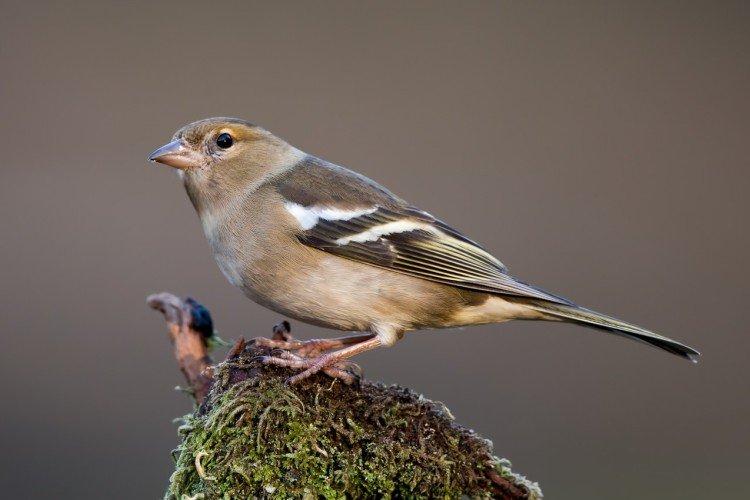
Singing
It is interesting that the repertoire of one finch includes up to 10 songs. In general, this species has about 20 different signals in its arsenal: for courtship, display of aggression, expression of anxiety, takeoff and similar tasks.
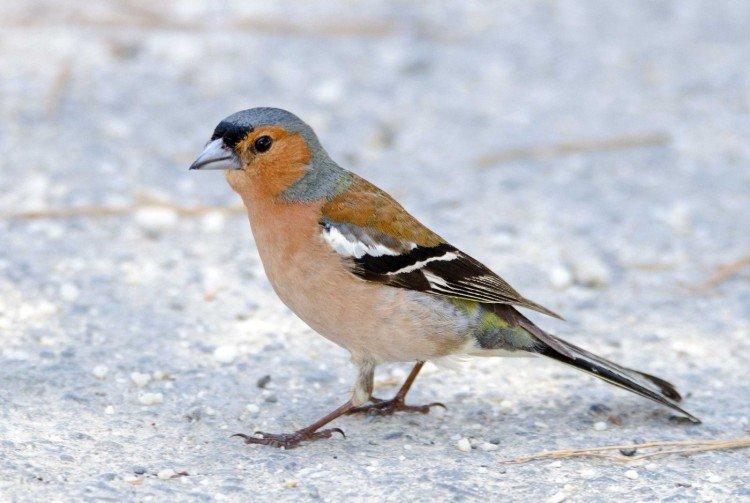
How many finches live
In the wild, finches live on average 2-3 years, but in captivity, the lifespan increases to 12 years. But freedom-loving birds are not adapted to the cage.
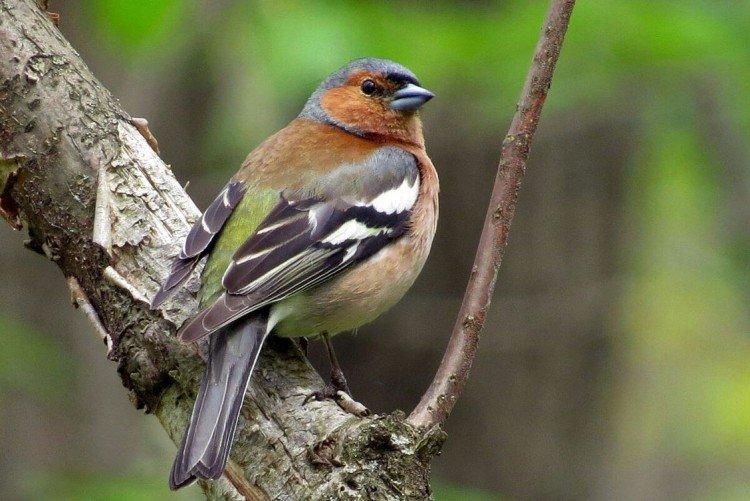
Types of finches
Of all the varieties around the world, several main ones can be distinguished, which are found on our continent.
European finch
Small, graceful, very common and most popular in our latitudes. The weight of such a finch is up to 30 g, and the length of the body is up to 16 cm. There are more than 10 different shades in the iridescent plumage.
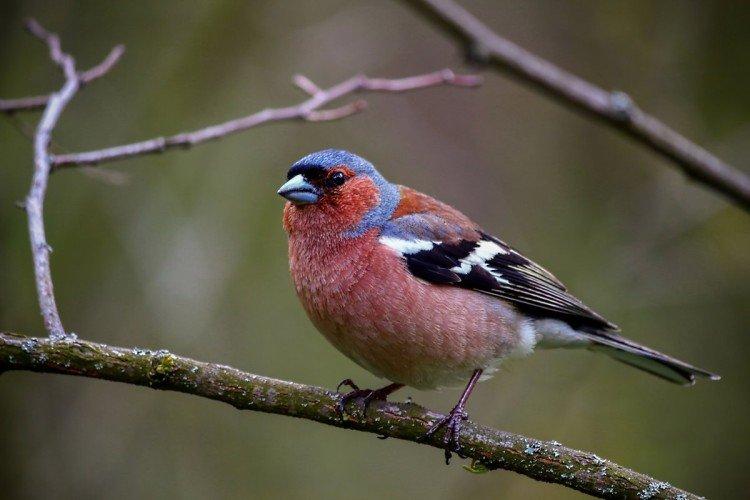
Hyrcanian finch
He is a gray chaffinch, colored, by itself, in a dark gray color with a brown back. This is a very small mountain species, weighing only up to 25 g. The larger subspecies is the Kopetdag finch.
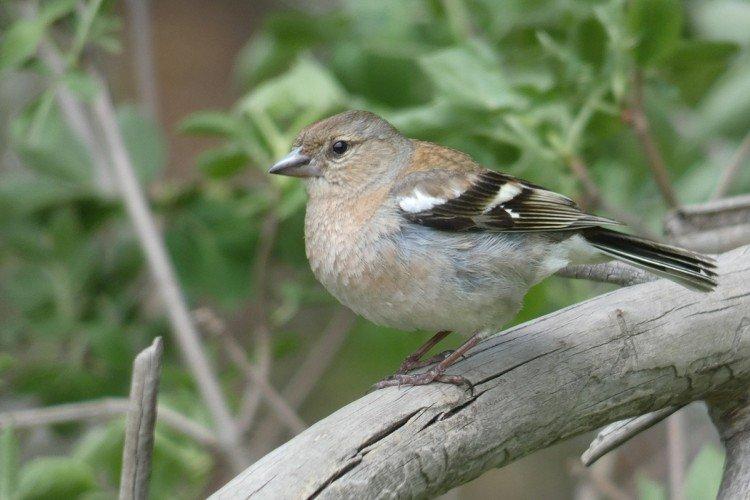
Caucasian finch
The name directly indicates its habitat. In addition, they settle in the Crimea and Iran. The Caucasian finch differs from its European counterparts in a more powerful and longer beak for hunting in rocky terrain.
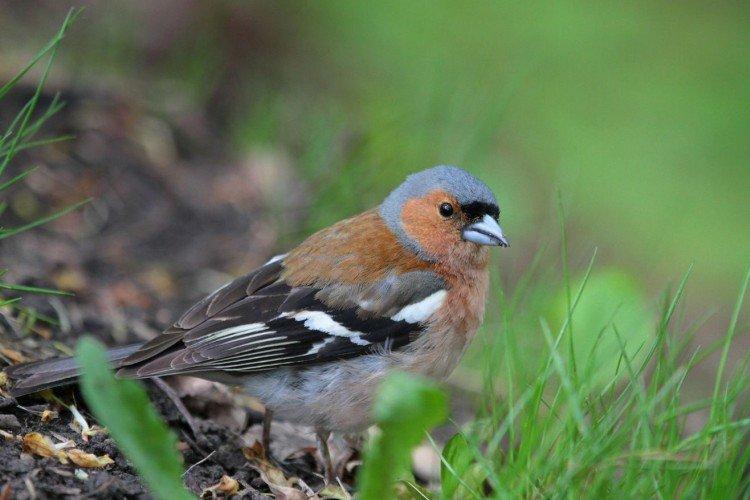
Reel
The finch is easily identified by the abundance of long black stripes on the wings, back and tail. His abdomen is almost white, but the contrast is diluted with a reddish tint. Finches are also called black finches.
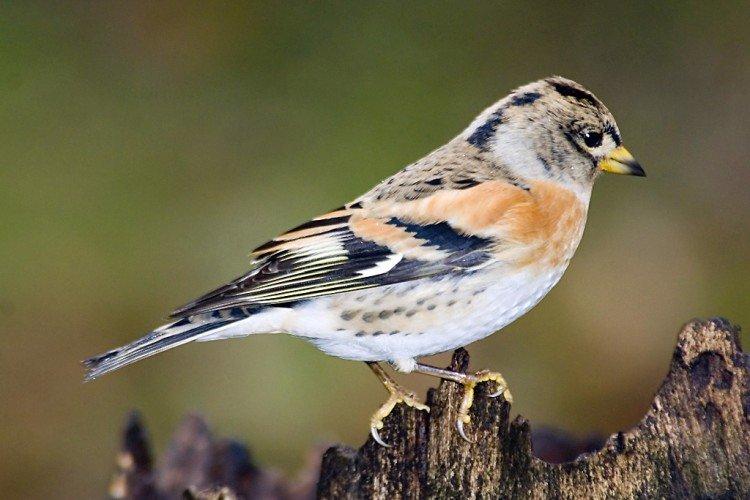
Lifestyle
Chaffinches' lifestyle is similar to other passerines. They are not afraid of human proximity, are unpretentious in their diet, winter in warm regions and build strong, well-camouflaged nests.
Habitat
Finches are one of the most numerous birds throughout Russia. They live literally everywhere, and willingly settle near people. Most often, finches are found in forests, parks, orchards and vegetable gardens.
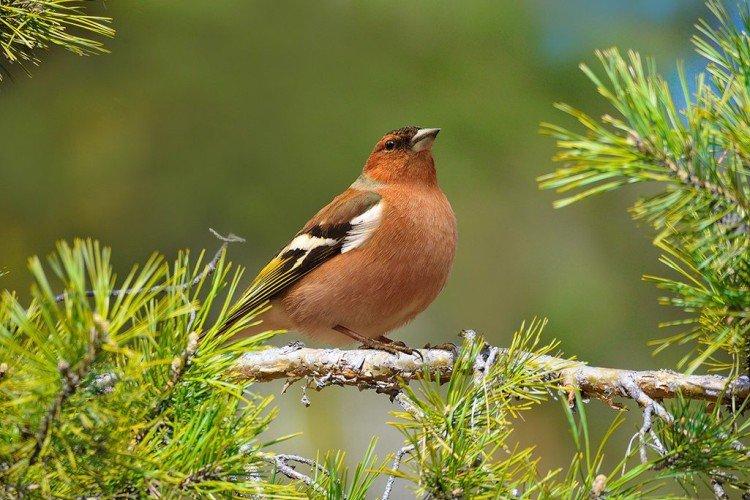
The diet
Birds feed on plants and harmful insects. Their small but powerful beak allows them to split acorns and beetle shells. They love seeds, buds, flowers, cones, and berries. Finches hunt mainly on the ground.
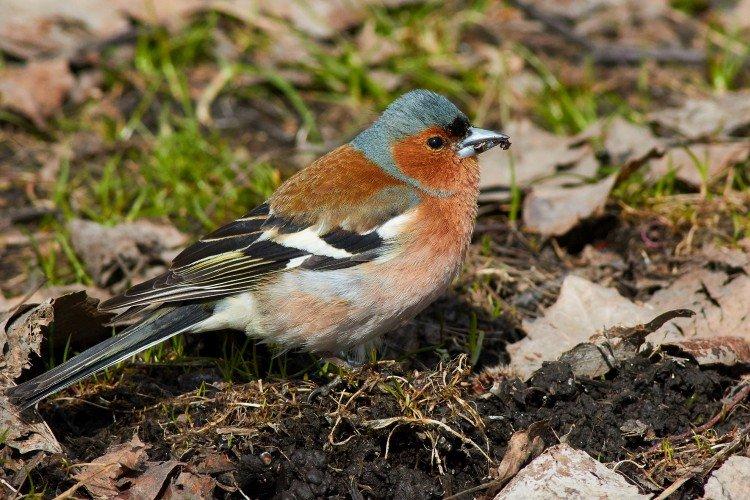
Wintering
The finch is a migratory bird that does not tolerate frost. They fly away with the onset of the first frost and are sent to the Mediterranean and Central European regions. Finches of Siberia and the Urals winter in Central Asia. By April they come back, and males arrive first. Finches travel in large flocks - up to 1000 individuals.
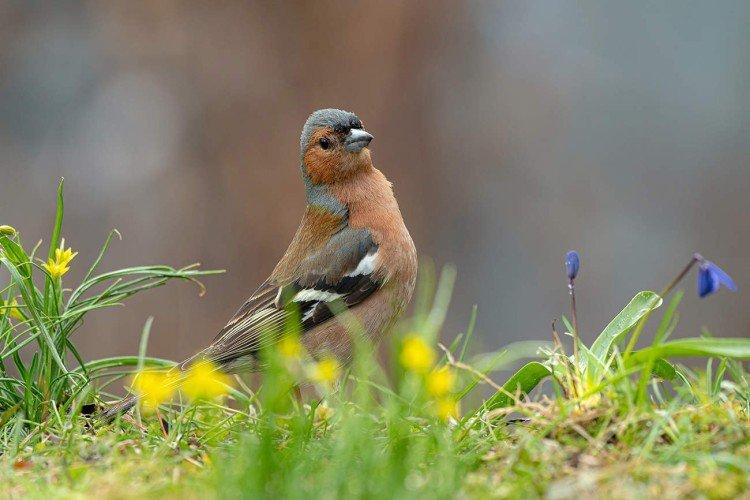
Breeding finches
About a month after arriving from warm regions, the birds begin to build nests. They look like balls with a cut off top, camouflaged on the outside by bark, moss and lichen. The diameter of the nest is up to 10 cm at a height of about 2 m. For the density of the walls, finches use plant fluff, cobwebs, wool and feathers.
For nesting, finches prefer not too dense and dense coniferous or mixed forests. One clutch contains 4 to 7 spotted eggs, colored greenish, reddish or bluish. During the season, females can make two clutches - the second in summer.
Females are engaged in incubation and care of chicks, but males are actively involved in feeding. They also guard the territory and warn of danger. At the same time, they do not break in strict pairs, and males can continue to mate with other females.
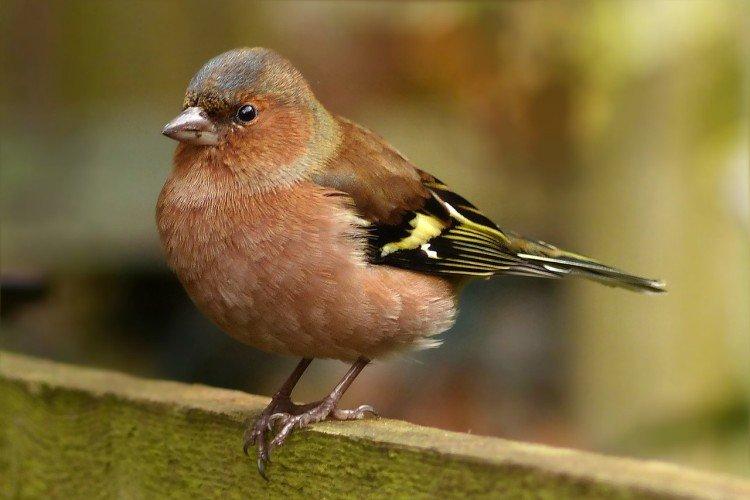
Natural enemies
During the construction phase, the nests are very noticeable, so they are often ravaged by other birds. Woodpeckers, crows, magpies, jays, and also squirrels and ermines are especially dangerous for small finches.
In addition, the scarcity of nesting areas poses a serious threat to the finches population. This is due to the reduction of forests, human economic activities and a number of other factors of concern for sensitive birds.
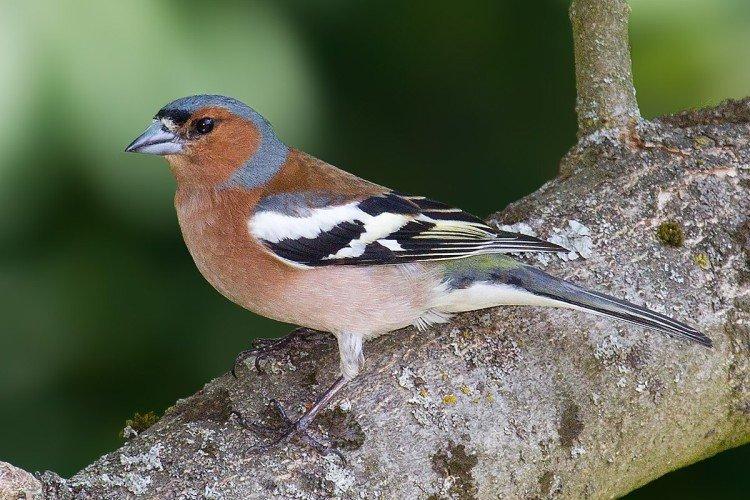
Finches - bird photo
Because of their beautiful bright plumage and unique singing talents, finches are often kept in captivity. But after all, it is much better to admire beauty in natural conditions!

